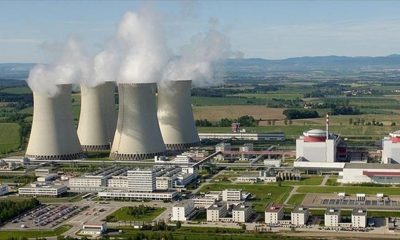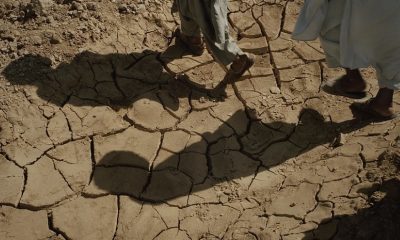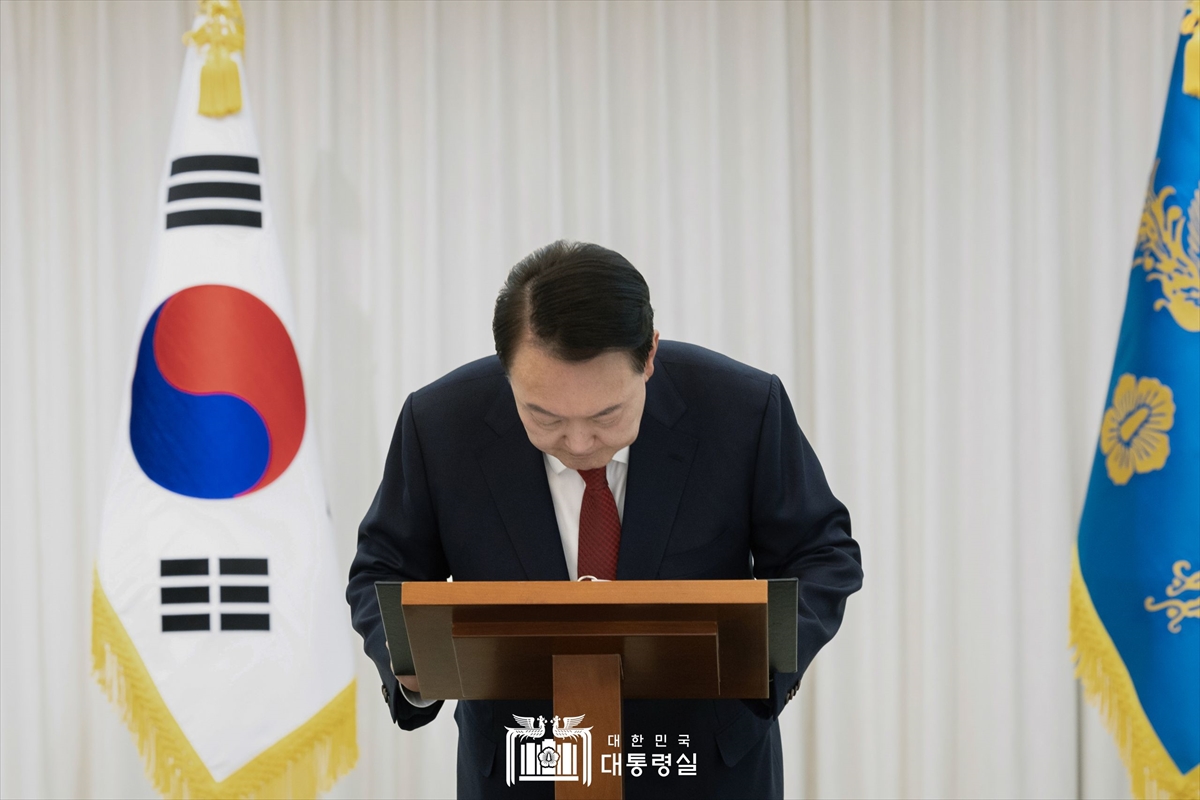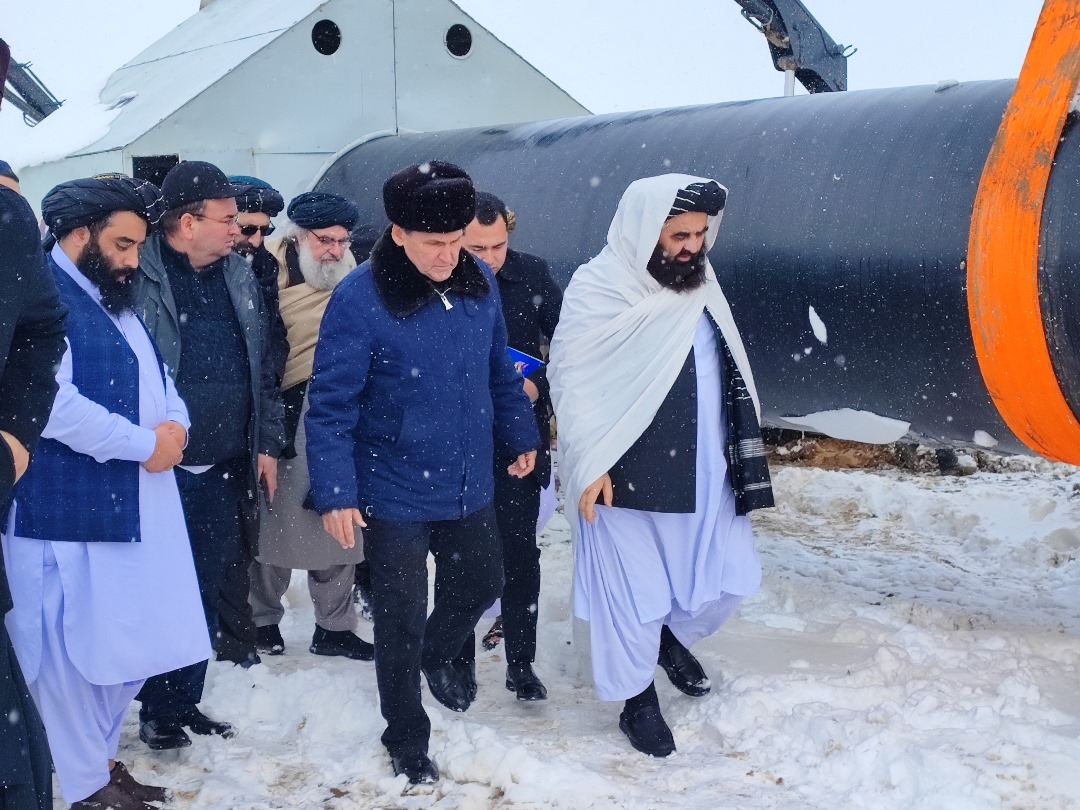Firdavs Jalily, Journalist, Dushanbe
There is nothing more important to life on this earth than water and the ability to work together to overcome water scarcity. The entire globe, from Asian to South-and-Central Asia, from Europe to US and from Australia to sub-Saharan Africa, water is scarce and the people are struggling to access clean water.
Millions of people around the world at the moment lack access to water supplies and they are struggling for clean water they need for drinking, cooking, bathing, and growing their food. Globally there are estimated around 2.2 billion people without potable water and every day over 800 children die from drinking dirty water due to diarrhea caused by poor water, sanitation and hygiene. This is the problem among different societies around the world. Indeed, the impact of water scarcity affects the families and communities and further triggers them into poverty. Among them, women and children are the most prone to this worse phenomenon as they are more vulnerable to disease of dirty water.
Meanwhile, taking note of global water dearth, an important conference on water-related issues was held in Dushanbe, the capital city of Tajikistan. World leaders, including SADC member states have gathered in Dushanbe for the 3rd High-Level International Conference. The three-day conference, which was held under the theme of “Water for Sustainable Development” 2018-2028, is part of a 10 years action plan within the framework of the Dushanbe Water Process with cooperation of the United Nations. According to the experts, the meeting was a huge success.
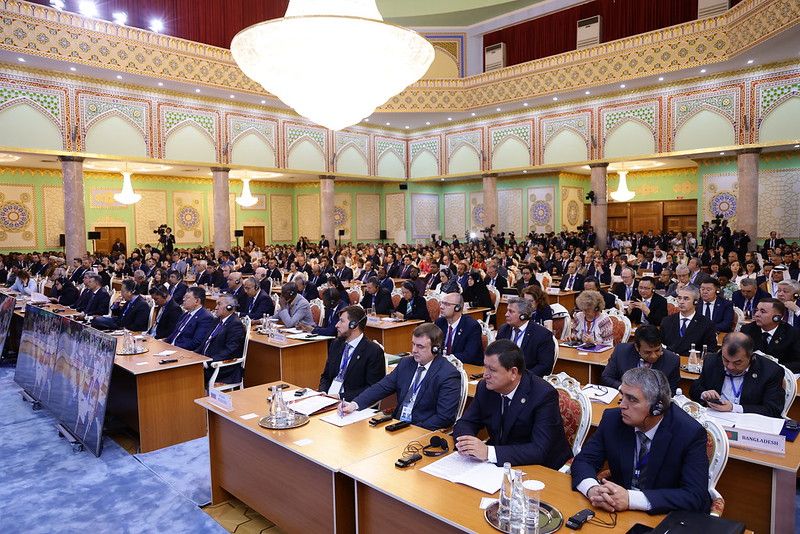
Water problems in the world and the region
World Water Day has been held on March 22nd every year in order to raise awareness that billions of people are living without access to safe water and there should be an end in sight. There is widely believed that clean water is a basic human right but no sufficient work has been done on delivering this. Water is critical to life and the human can only survive about three days without it, but yet many stakeholders do not pay immense attention to this precious resource and have taken this granted. Countries with water seem reluctant to address water scarcity in another region and even the world leaders are not interested in this topic. For instance, the Dushanbe Water Conference has been considered crucial for ending water-related issues, but the question is why this conference did not receive attention globally. This gives a narrative that world leaders are not serious in this issue despite the fact that billions of people are now without water.
By 2050, between 4.8 billion and 5.7 billion out of nine billion will live in areas that are water-scarce for at least one month each year, up from 3.6 billion today while the number of people at risk of floods will increase to 1.6 billion up from 1.2 billion today, according to UN-Water’s World Water Development. It is also reported that per capita freshwater availability is diminishing and it has dropped by one-third over the past four decades.
22 million people estimated among 79 million people in the five-Central Asian countries, lack access to safe water. So, for every 10 Central Asians, three live perennially without the certainty they can find a glass of clean water to drink. And this could get much worse without remedial action.
The World Bank estimates that the population of the region is poised to grow to 90-110 million by 2050 and highlights the need for a rapid action to provide clean water for the masses and also to find a tangible solution to control the water from being wasted.
The region collectively consumes approximately 127 billion cubic meters of water with about 80 pc, or 100 billion cubic meters used annually for agriculture. However, only 50 pc of the water emerged for agriculture it utilized while the rest is being lost on the way due to poor condition of the irrigation system.
Why was Dushanbe chosen?
Abundant water resources make Tajikistan a land of lavishness. It is indeterminate that Tajikistan has around 947 rivers and over 13,000 natural lakes such as Karakul, Iskandarkul, Sarez, Kulikalon, Bahri Tojik reservoir, Nurek reservoir and Sari Khosor Waterfall, creating astonishing landscapes of water resources in the country.
Moreover, Tajikistan has also been an important player in solving water problems at the regional level, because up to 60pc of the water resources of the rivers in Central Asian countries (the Aral Sea Basin) are formed in Tajikistan.
In December 2016, with the initiative of Tajikistan President Emomali Rahmon, the United Nations General Assembly declared the period of 2018-2028 as the International Decade for Action “Water for sustainable Development in order to achieve internationally agreed water-related goals.
In this process which was initiated by Rahmon, Tajikistan is committed to continue providing a platform for policy dialogue, partnership and action at the global, regional and national level.
Tajikistan, which has good relations with the EU, Russia and China, is also a co-founder of the International Fund for Saving the Aral Sea and its two commissions, the Interstate Commission for Water Coordination and the Interstate Commission on Sustainable Development which are the only entities that are providing platforms for discussing urgent transboundary water issues in the region.
Center for Global Strategic Studies reported that Tajikistan is working on the aspects for effective water governance and management strategies i.e,. grand financing, investment and modernization of existing infrastructure, transition to green growth, active involvement of all stakeholders, construction of new dams, rehabilitating water resources capacity, and the resolving transboundary water disputes.
Meanwhile, being rich in areas of water, Tajikistan has a plan to generate 100 percent of its electricity from hydropower, reinforcing its position as a leader in sustainable energy by 2032.
In this way, Tajikistan would pave the way for achieving the water-related goals and objectives of sustainable development.
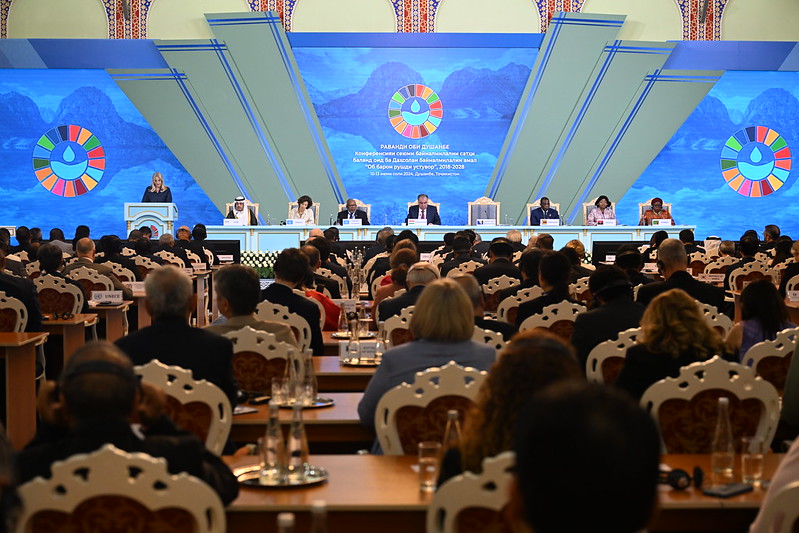
What is the purpose of the Dushanbe Water Conference
Leaders from different countries, ministers, high-level representatives of states, experts, ambassadors, SADC member states, and policymakers called for urgent action to address water challenges at the 3rd Dushanbe Water Action Decade Conference and Dushanbe Conference considered a critical component in accelerating action towards the water-related goals of the United Nations 2030 Agenda for Sustainable Development.
Welcoming the participants, Rahmon urged global cooperation on water issues caused by climate change and highlighted his country’s initiatives to put water at the center of global development negotiations to unite the international community around water action.
Rahmon said that Dushanbe Water Process provides a vital platform for comprehensive preparation for the United Nations Water Conference in 2026 and 2028, outlining Tajikistan’s ambitious goal to become a “green country” by 2037 by developing a “green economy.”
The conference concluded with a declaration underlining five critical areas for action; 1, improving water management for human health, 2, establishing policies for universal water and sanitation access, 3, preparing national climate adaptation plans, 4, strengthening integrated water resource management, 5, increasing public and private financing.
Emphasizing that water is critical for achieving all SDGs, the participants underlined that water, ecosystems, energy, health, food security and improved nutrition are interlinked, and that water and sanitation are a prerequisite for human development.
According to the final declaration, the empowerment of women and girls, and the eradication of poverty and hunger, and are indispensable for addressing the interrelated challenged of climate change, biodiversity loss and pollution.
They also emphasized that the conference will aid the international community in preparing for the 2026 Water Conference, with future conferences in Dushanbe in 2026 and 2028 continuing to support the Water Action Decade and Agenda.
Briefing the participants, Alvaro Lario, the President of the International Fund of Agricultural Development (IFAD) emphasized the need for holistic, collaborative solutions to ensure safe water for everyone. “As UN-Water Chair, I’m excited to soon launch the first UN-wide Strategy for Water and Sanitation to acceleration process on SDG6,” he said.
Melting glaciers is a big concern
As we already mentioned above that Tajikistan has been blessed with abundant of rivers and natural lakes, but at the same time climate change is posing great threats. One of the biggest threats is the melting of glaciers in Tajikistan due to warm weather and at the same time, climate change has increased the risk of flash floods from bursting ice lakes.
During his speech, Rahmon stressed the need to ramp up efforts, seeing the risks and rising threats caused by the rapid melting of glaciers in Tajikistan.
“Over the past few decades, 1,000 of the 13,000 glaciers in our country, which are the main source of formation for up to 60 percent of Central Asia’s water resources, have completely melted,” said Rahmon.
The shrinking cryosphere is of particular concern to Central Asia, as the region’s main river systems are dependent on the seasonal melt of snow and ice, according to UNESCO. With climate change, the glaciers are shrinking from one year to the next. These melting glaciers will initially supply larger quantities of water but the flow will gradually decline as their volume decreases.
The Director-General of UNESCO, Audrey Azoulay said that regional dialogue, cooperation and trust are essential for efficient use and peaceful management of the riversan and stressed on the joint initiatives for new openings and opportunities to find mutual and long-term responses to water, energy and environmental resources based on perceptions of shared risks from climate change.
Tajikistan’s fifth participation in the water sector was recognized by the United Nations General Assembly by adopting a special resolution. According to this resolution, the year 2025 was declared as the International Year of Preservation of Glaciers, and from the beginning of 2025, March 21st will be celebrated every year as the International Day of Glaciers.
As Tajikistan is not an industrialized country, its share in the total amount of greenhouse waste is insignificant, President Rahmon said that this is the main reason for Tajikistan’s initiative to declare 2025 as the International Year of Glacier Preservation.
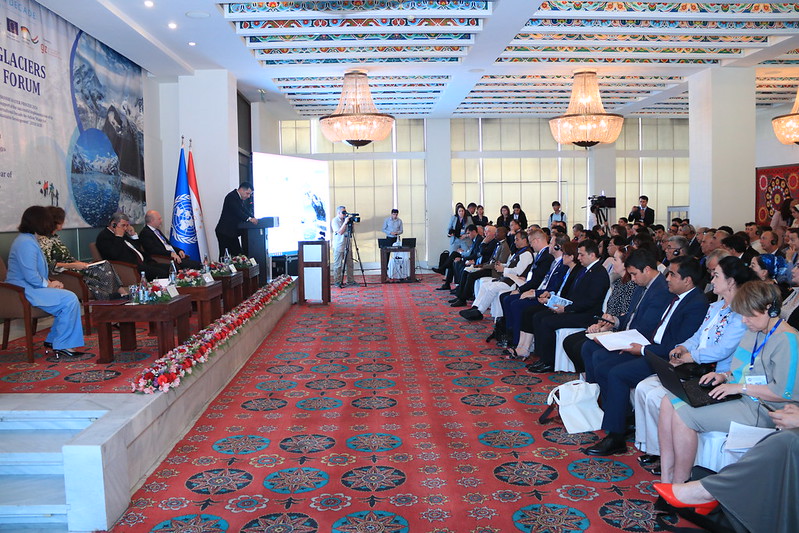
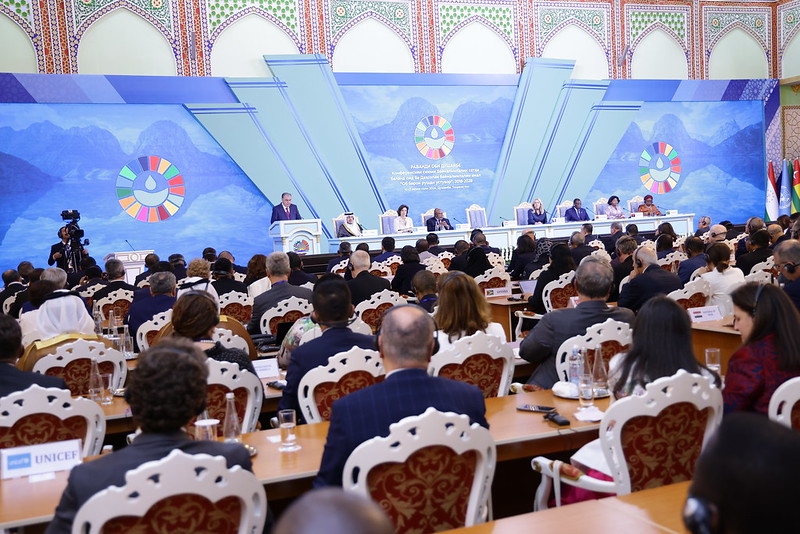

 EUROPE6 days ago
EUROPE6 days ago
 OPINION1 week ago
OPINION1 week ago
 DIPLOMACY2 weeks ago
DIPLOMACY2 weeks ago
 DIPLOMACY1 week ago
DIPLOMACY1 week ago
 ASIA2 weeks ago
ASIA2 weeks ago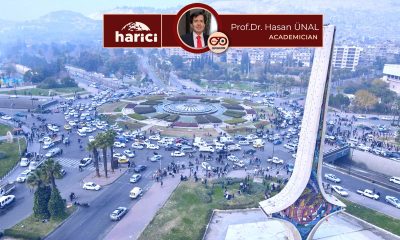
 OPINION1 week ago
OPINION1 week ago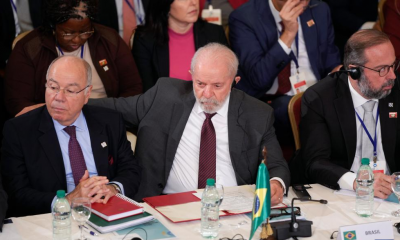
 OPINION4 days ago
OPINION4 days ago
 EAST MEDITERRANEAN2 weeks ago
EAST MEDITERRANEAN2 weeks ago






